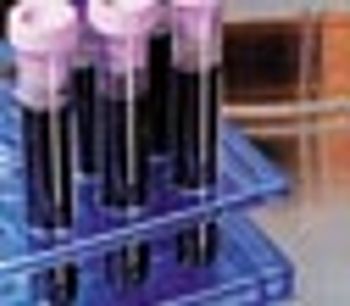
LCGC North America
The potential causes are considered for peak distortion for the first two peaks in the chromatogram.The potential causes are considered for peak distortion for the first two peaks in the chromatogram.

LCGC North America
The potential causes are considered for peak distortion for the first two peaks in the chromatogram.The potential causes are considered for peak distortion for the first two peaks in the chromatogram.

LCGC North America
When developing analytical methods, several parameters are often considered, things like solvent type and amount, sample size, pH, sorptive phases, temperature, time, and more. While some of these considerations can be considered unimportant in a given situation and experience and chemical knowledge can guide us to appropriate starting points, extraction method development is often a one-parameter-at-a-time proposition. A family of statistical approaches, which fall under the category of response surface methodology, are available to screen and optimize several parameters simultaneously.

LCGC North America
As the flame ionization detector (FID) approaches its 60th anniversary in 2017, this installment examines the crucial role that it has played and continues to play for all types of gas chromatography. Without the FID, the early development of gas chromatography (GC) would have proceeded more slowly especially in the petroleum industry and related hydrocarbon application areas.

LCGC North America
Here, we concentrate on one particularly useful equation that allows us to make changes to an analytical system to improve throughput or efficiency, while retaining the selectivity of the original method.

LCGC North America
The author shares his insights into the principles and practice of implementing and improving upon the original method to quantitate cyanide at trace concentration levels in human blood matrices using automated cryogenic trapping isotope dilution static headspace gas chromatography–mass spectrometry (GC–MS).

LCGC North America
Here in part II of our series on assessing protein aggregation, we provide an overview of best practices for achieving this goal, including the importance of using a multimethod approach.Here in part II of our series on assessing protein aggregation, we provide an overview of best practices for achieving this goal, including the importance of using a multimethod approach.

LCGC North America
The CEToolbox app is designed as a calculator for capillary electrophoresis.

LCGC North America
Click the title above to open the LCGC North America July 2015 regular issue, Vol 33 No 7, in an interactive PDF format.